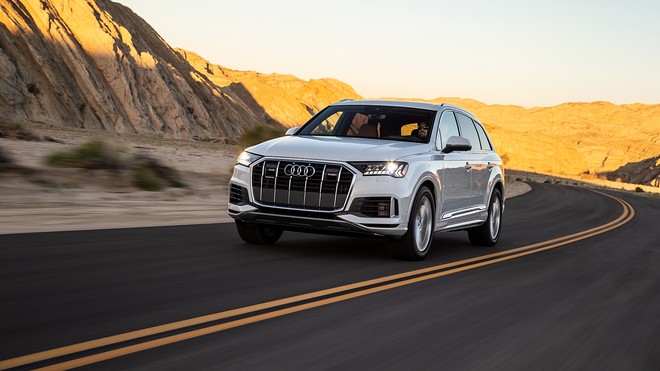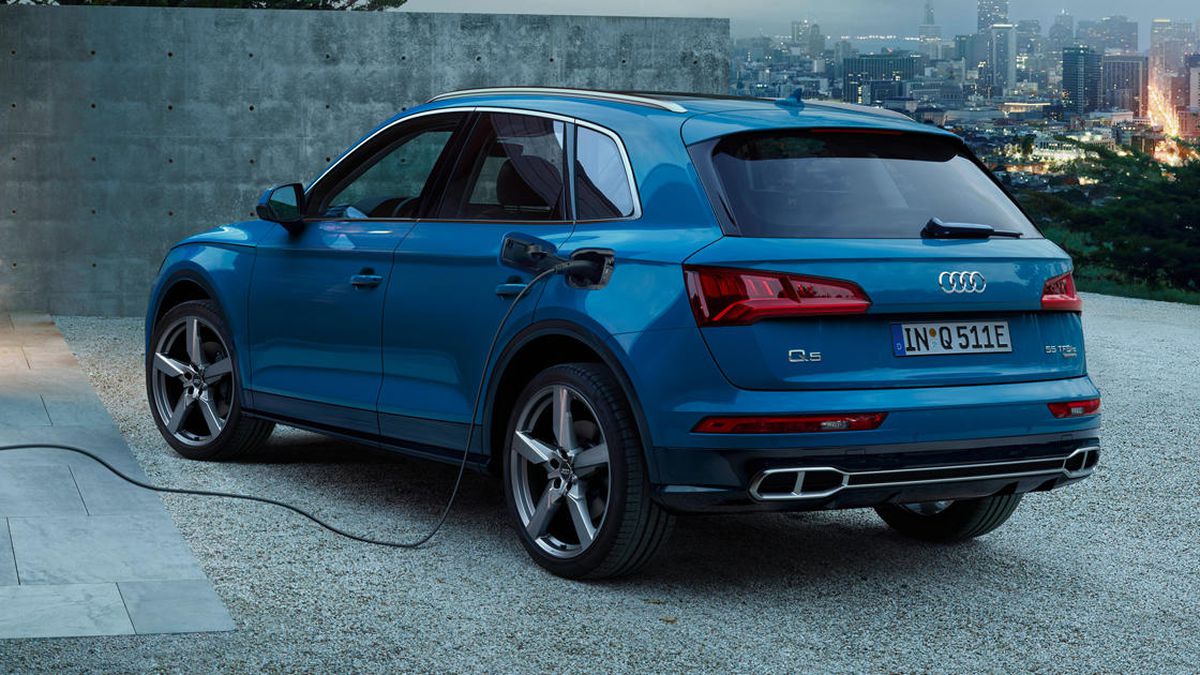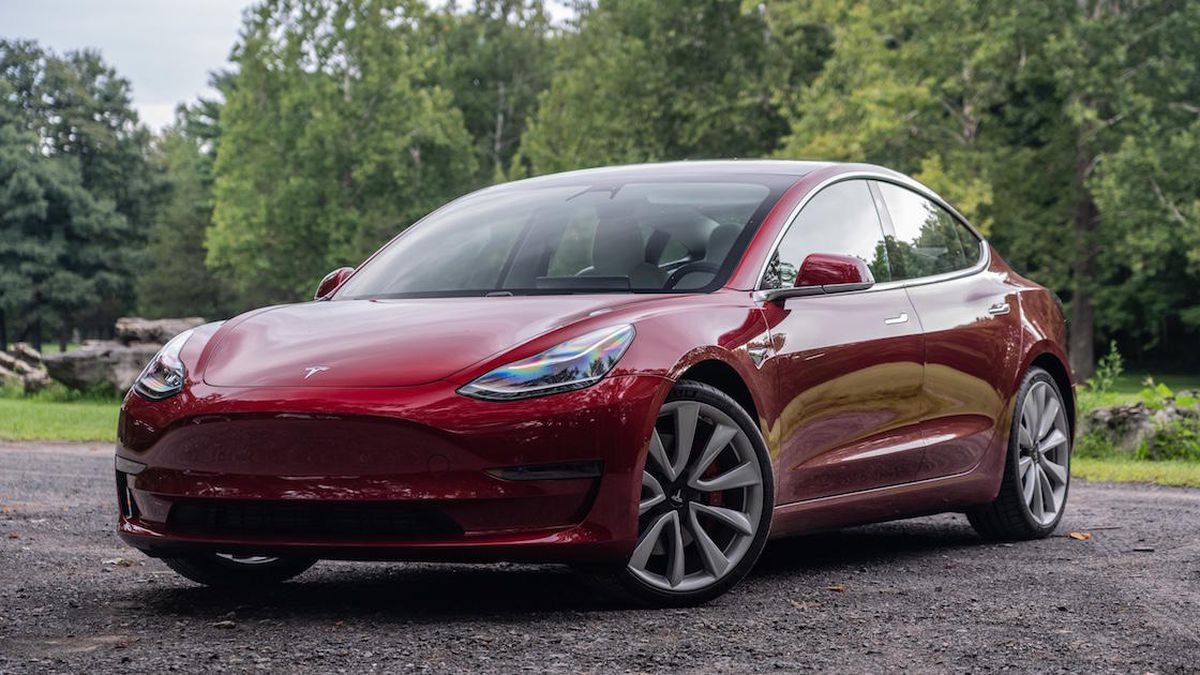From mild hybrid to electric, passing through full-hybrid and plug-in. Here’s how to understand what’s going on in the automotive world
Electrification , along with everything related to the electric car, is one of the three major themes of the present and near future of the automotive industry. The other two are autonomous driving and increasingly advanced connectivity, but it is electrification that touches motorists the most, as they find themselves choosing new cars, equipped with almost unknown technologies. For most Italians, in fact, the electric car is still a mysterious object – as also demonstrated by the Electric Report research presented during the Electric Days Digital – and even when it comes to hybrid ideas are not very clear.
All this in a market scenario that is gradually becoming more electrified, given that in 2020, one in five new cars sold in Italy were electrified. Where electrified means equipped with one of these technologies: mild hybrid, full hybrid, plug-in hybrid, full electric. So let’s try to understand something more, bearing in mind that all hybrid powertrains recover energy in braking and deceleration and then reuse it in acceleration, the moment in which consumption is maximum. The electric motors also recover energy during braking, but in their case the most penalizing situation is that of constant high speeds.
MHEV – Mild Hybrid Electric Vehicle


Mild hybrid is the simplest technology, both in terms of use and cost, but also in terms of industrial adaptation to different types of heat engines. This is because it does not require major changes in mechanics. There are two main technical solutions: a small electric motor integrated into the automatic gearbox or an alternator-generator keyed directly onto the timing belt. The ability to recover and release energy is limited, so a rather small battery is sufficient, while the electrical system can be either 12 or 48 Volt. The advantages in terms of consumption and emissions are in the order of 5-10%
HEV – Hybrid Electric Vehicle
In a full hybrid system there is a real electric motor that works together with the thermal one and that can even push the car autonomously for a few kilometers. But its main task is to intervene in all cases where the car needs more energy, or when a slight push is enough at a constant speed. Then, as soon as the accelerator is released, the system recovers energy and sends it to the batteries, from which it is recovered when necessary. It has many advantages in terms of consumption and emissions, especially in the city, where the smallest cars travel up to 25 kilometers with a liter.
PHEV – Plug-in Hybrid Electric Vehicle


The Plug-in hybrid is basically a variant of the full hybrid, but has a larger battery pack and can be connected to a power outlet. Thus the car can travel with zero emissions for several tens of kilometers, or use this energy surplus to consume very little in hybrid mode. The downside is that the larger battery increases the weight a lot and you have to “carry it around” even when it is flat, worsening consumption. It is a particular hybrid, suitable for those who can always connect the car to a power outlet.
BEV – Battery Electric Vehicle


This is 100% electric technology, which completely dispenses with fossil fuels. It is a world apart, made up of kWh, autonomy and lifestyle. Technologically it is quite simple, there is an electric motor and a battery pack. The larger the latter, the more autonomy increases, but also the costs. In the last two years, the offer on the market has greatly expanded, covering a range that goes from just over € 10,000 to over € 200,000.
Read Also:

